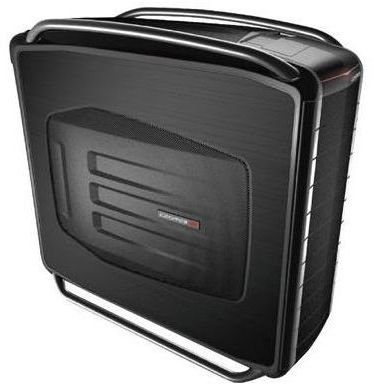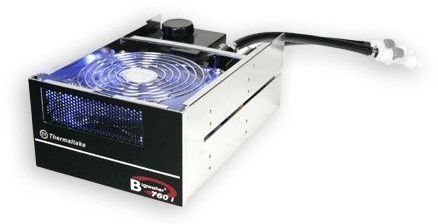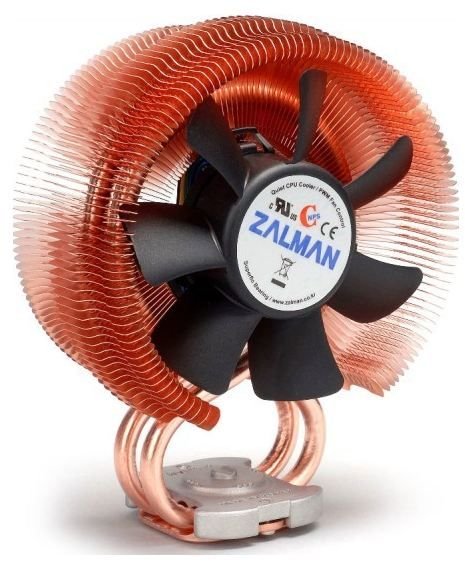Water Cooled PC Introduction and Benefits
The idea of having water anywhere near your expensive computer may make you raise an eyebrow or two to begin with, but if you overclock or run a fast processor it may be the answer to your prayers. Despite being expensive and somewhat risky for beginners, it is an excellent way of cooling down a hot system and also an interesting project.
Apart from the obvious risk of water and electricity not mixing, there are a couple of other downsides to water-cooling. The average air cooling setup of CPU heatsink and fan and an aftermarket GPU cooler can cost anything up to $150 depending on the components you choose. A decent water-cooling system will cost you nearer $500. It will also need more maintenance too, whereas air cooling can be left alone, apart from being dusted occasionally.
Despite these negatives, water-cooling is a viable alternative for the enthusiast or extreme system builder. It offers a much better rate of thermal transfer than air for overclocked or faster processors, while leaving the rest of the case fairly cool. It can also be much quieter than air cooling, especially if a passively air cooled system is used, like the Zalman Reserator.
Traditional air cooling takes the heat from the CPU and transfers it to a heatsink. A fan then blows the heat away from the heatsink, usually to somewhere else in the case. In a typical setup, a case fan will then push the air out of the case at the top or the back.
With water-cooling, a water block replaces the heatsink and pulls heat away from the CPU by passing water through it on a loop. The heat is transferred to the water which is pumped away to an external radiator to cool, and the cycle begins again. Not only does this method keep a CPU cool, it can also be expanded to include the GPU of a graphics card too.
The added benefit of water-cooling is that the heat is removed from the computer case so the ambient temperature remains lower than with air cooling. Most water cooled radiators sit outside the computer case and normally cooled with a low RPM fan, which on the whole is quieter than air cooling setups.
Those considering water cooling now have it much better than those who tried it years ago. Then it was an endless bout of research and system specifying, then hours with a craft knife and tissues trying to put it all together. Nowadays there are ready made water-cooling kits which are ready to install with much less fuss.
The range of kits available is increasing all the time. There are computer cases with the kit already built-in like the Coolermaster Cosmos range of cases or the Zalman LQ1000.
There are external systems that sit on top or beside the computer like the Zalman Reserator or the Swiftech H20-220 Apex kit. Or kits that fit inside the case like the Thermaltake Bigwater series.


Any of these types of systems will be effective in the majority of situations, the one you choose will depend on the computer you have and how much you want to spend. For the most part, the thermal efficiency of water cooling only performs better than air with an overclocked or fast CPU. Standard systems can function perfectly well with air as long as the warm air is expelled from the case properly.
Water-cooling is no longer for hard-core overclocker or gamers, and is becoming increasingly popular with enthusiasts. While the cost to benefit ratio is still with cooling with air, water cooling remains the preserve of overclockers, gamers, or those with deep enough pockets to afford the project.
